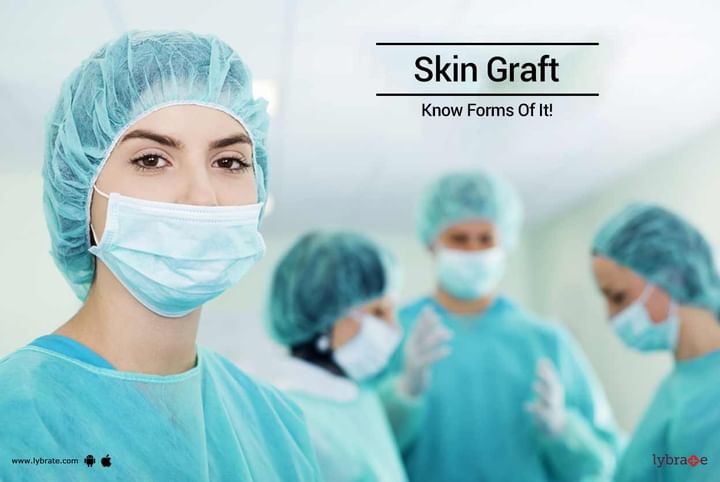Skin Graft - Know Forms Of It!
Skin graft is a form of a surgical procedure, which involves removal of the skin of a particular region of the body and transplanting it to a different body portion or to a separate individual. Grafting is usually recommended by the doctor if the patient has suffered from extreme burns or the protective layering of the skin of that particular region has been damaged because of extreme illness, bed sores sustained infection on the skin or repeated injuries. Grafting is also recommended as a procedure for nose and breast reconstruction surgeries. It is usually done with the help of local anaesthesia, making the procedure a less painful one.
There are two types of skin grafting procedures:
1. Split-level thickness grafts: The grafting in this procedure deals with the elimination of the epidermis and just a part of the dermis from the site of the healthy skin. These grafts are used to cover generally a large portion of the body. This form of grafting does not develop significantly with the other portions of the skin, so doctors recommend more split-level thickness grafts as the person ages. The grafts happen to be delicate, glossy and faded in comparison to the rest of the skin.
2. Full-thickness grafts: In this procedure, the grafting involves the subsequent removal of the blood vessels and the muscles along with the two skin layers from the donor site. This form of grafting is particularly useful in reconstructing small damages on the exposed portions of the body such as the face. This type adjusts well with the other portions of the skin and subsequently tends to merge with the rest of the skin.
Procedure
The procedure will begin with the implementation of intravenous therapy (IV) on your wrist or hand on the day of the surgery. This therapy helps the doctor to provide you with the necessary medicines and fluids at any point of the surgery. Just a few minutes before the operation, the doctor will inject general anaesthesia through IV. After removal of the skin, preferably from the unexposed portions of the body, such as thigh and buttocks in the case of a split-level thickness graft and the abdomen and the chest in case of a full-thickness graft, the healthy skin is transplanted at the damaged spot and is fixed by subsequent stitching and dressing. The donor site will also be covered by appropriate dressing to prevent any further infection. After the completion of the surgery, it is recommended to take a few days’ rest before getting on with your daily life routine.



+1.svg)
